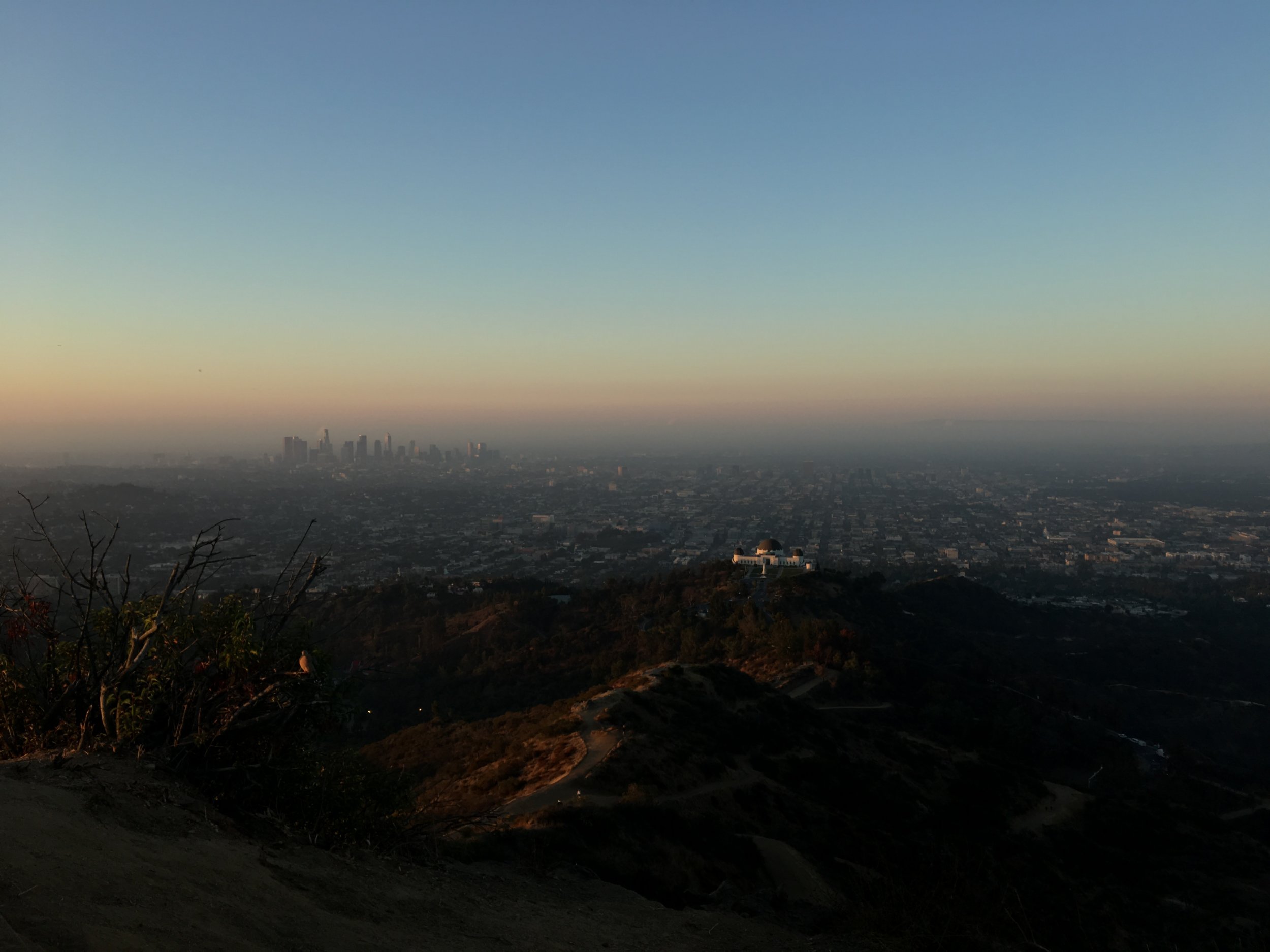Documentary Production Philosophy
As I wrap up my latest commission project and start off the new year pitching for new work I have been thinking a lot about my approach to documentary production. What is a good approach? Is there a wrong approach? How do I improve my work in the following year?
I want to use this blog as a chance to share and explore some of my philosophies and break down my technical and ethical approach to creating any form of documentary content, from branded content to passion projects or even a feature.
John Pope and I on set for Vocon
Truth above all else: There are 3 truths. One, a factual objective truth. Two, your truth, how you saw the situation or events, and lastly the collective truth of the masses. Public opinion. It’s key to always speak your truth, by sharing their truth and hopefully influencing the global truth. But never manipulate the subject’s truth to fit your truth. Phew…
I think this goes without saying but people in the public trust you more than you think. In such a polarizing political and social media climate it’s especially important to be truthful and honest as a doc filmmaker. In the past I made a blog supporting the argument there is no objective truth which is still true, the filmmakers job is to present information from their perspective. Sometimes we can put blinders on and ignore the truth to fit our cognitive bias, but you have a responsibility to the audience that consumes your content to be as truthful as possible. It’s sort of our hippocratic oath as filmmakers. So keep this in mind moving forward, so you don’t fall prey to confirmation bias when approaching the content and shaping your stories. All you can do is be aware of it.
Fall in love with your subject: No I don’t mean fall in love with the person you are documenting, I mean be deeply interested in what you are doing. One thing I’ve learned about myself over the years is I can pretty much get interested in anything. I have a natural curiosity for life and knowledge in general. I crave it. I’m the kid who hated school, because people were force feeding me information. But allow me to learn for myself? That’s a whole other story.
Natural curiosity in the field is something that connects to the audience. Don’t be intentionally ignorant, do some preparation and understand what you are making, but do leave yourself some wiggle room to learn.
Genuine interest is the most important thing in documentary directing. If you are not enthusiastic about it, or curious about your subject, you will impart that onto the screen.
When I was beginning the process for the Vocon doc, I did historical research on design philosophy and architectural evolution. I familiarized myself with the basics, an overview of the field more or less. But when we got into the doing, it allowed me to be interested in the process and I believe that translates into genuine reactions on screen. This research allowed me to prepare educated questions that provoke targeted answers. It’s a lot like being a therapist what we do, your goal is to help the subject discover their truth on screen.
Dance with the devil in the pale moonlight: Interviews are a dance. You have to be able to move with your subject as they push, and pull, and find grace in the movements. So much of doc traditionally has been the interview process of the subject or subjects in your film. Talking head, B Roll repeat. I really despise this treatment because it’s generic and everyone is doing it. If you notice in most of my projects I like to only show the person on screen speaking when we introduce them and when it counts.
That being said the interview is still the skeleton of the animal you are creating. The muscle and sinew and fur gets added later, so best to start with the bones. Give it a strong frame, like Mike Tyson or Hershel Walker. Not like that hipster in your neighborhood with the trimmed beard and skinny jeans. Let this interview inform your shot lists, and visuals. As you are listening take notes and mark when you feel you’ve found a strong insight.
On Set for Forced Perspective
I am an advocate of treating your documentary film like scenes in a script or film. This way, it’s unique to the story you intend to tell. This can be done with some minimal staging of situations. Place your subject in a visually dynamic space, and give them an action. Then let your camera observe whats happening. In this way it is a lot like narrative filmmaking, the only difference is there is no script for the scene. The scene unfolds overtime as the situation you created plays out in real life. Dance with the devil, and let him show you where the magic lies inside the story you are telling.
Reverse Psychology: Another aspect often ignored in our field is how to interview someone without leading them. Now this is shaky ground because every human being has different proclivities, and will behave differently in different situations. So there is no right way to do this. I do believe in spending as much time as possible with the person you are going to be interviewing before you point the camera at them.
Often times that is not the case, especially in branded content where a client has demands of you and there is a time constraint. One luxury you get in branded content is that the client will have marketing points they need in the video. Your job is then to reverse engineer your questions to pull those audio bytes out of the subject/subjects. It’s confusing, but you can do it. Ask questions that are not leading, but you already know the answer to. Crazy right? Trust me it works.
John Pope and Mike Bacanu for Gotta Groove Records.
If your goal is to find out the personal history of an architect, instead of: “Tell me how you got into architecture?” try this instead: “What is it about the process of building spaces that attracted you to it?”. People love to talk about themselves. The second question may seem too specific to illicit the correct answer, but your job is to guide them there. Likely they will bring up their personal history, and connect it to where they are today. But if they do not do this, you can always steer the ship in that direction. This keeps things organic and fluid inside the conversation and relaxes the interviewee.
It’s more about understanding and predicting human behavior than it is about asking direct questions. This is a fluid process, be ready to flow with it and adapt person to person. This process is especially effective for branded content but it works just the same in passion projects and features. The only difference in those projects is that you will have more time to explore and to extract the perfect insight from your subject.
#BringBackJPEmpire
Every project is unique: Realize from the jump that your last project is not your new project. Meaning, what technique or process worked last time, will not work this time. Everything from the pre-production (which a made a lengthy blog about here) to filming and editing will change based on the needs of the specific project. It’s hard for me to have a movi and a 4 person camera department in Brazil filming an intimate journey of a comic. Likewise, it’s not appropriate to have a single shooter with a dslr for a large architecture firm.
Sometimes this is budget dictated, other times it’s a creative decision. Just like narrative filmmaking the approach to how it’s shot and how you pull performances out of the actors changes based on what’s appropriate. The French Connection was shot all handheld, a first for it’s time. Someone made that decision. That wasn’t the decision made filming Clockwork Orange. Let the subject dictate aesthetic.
Craftsmanship: For some strange reason people have come to accept sh*tty production value on documentary films. Some of this is due to the fact that documentary has a lower barrier of entry, some of it is because audiences will excuse it because of strong subject matter. but well, Homie don’t play that.
My philosophy is that there is no excuse anymore for bad production value. People’s phones are better than the cameras I started with (Remember the DVX? Canon GL1?) and all you need is a little bit of knowledge on lighting and exposure and common sense, and you should be able to get a great image. I have not shot anything in 6 years on my own, and I took a trip to Brazil in December 2017 with Jade Catta Preta. Because of safety concerns and to create intamacy, I filmed the whole thing with a Canon 5D. 100 percent found light. We got beautiful footage.
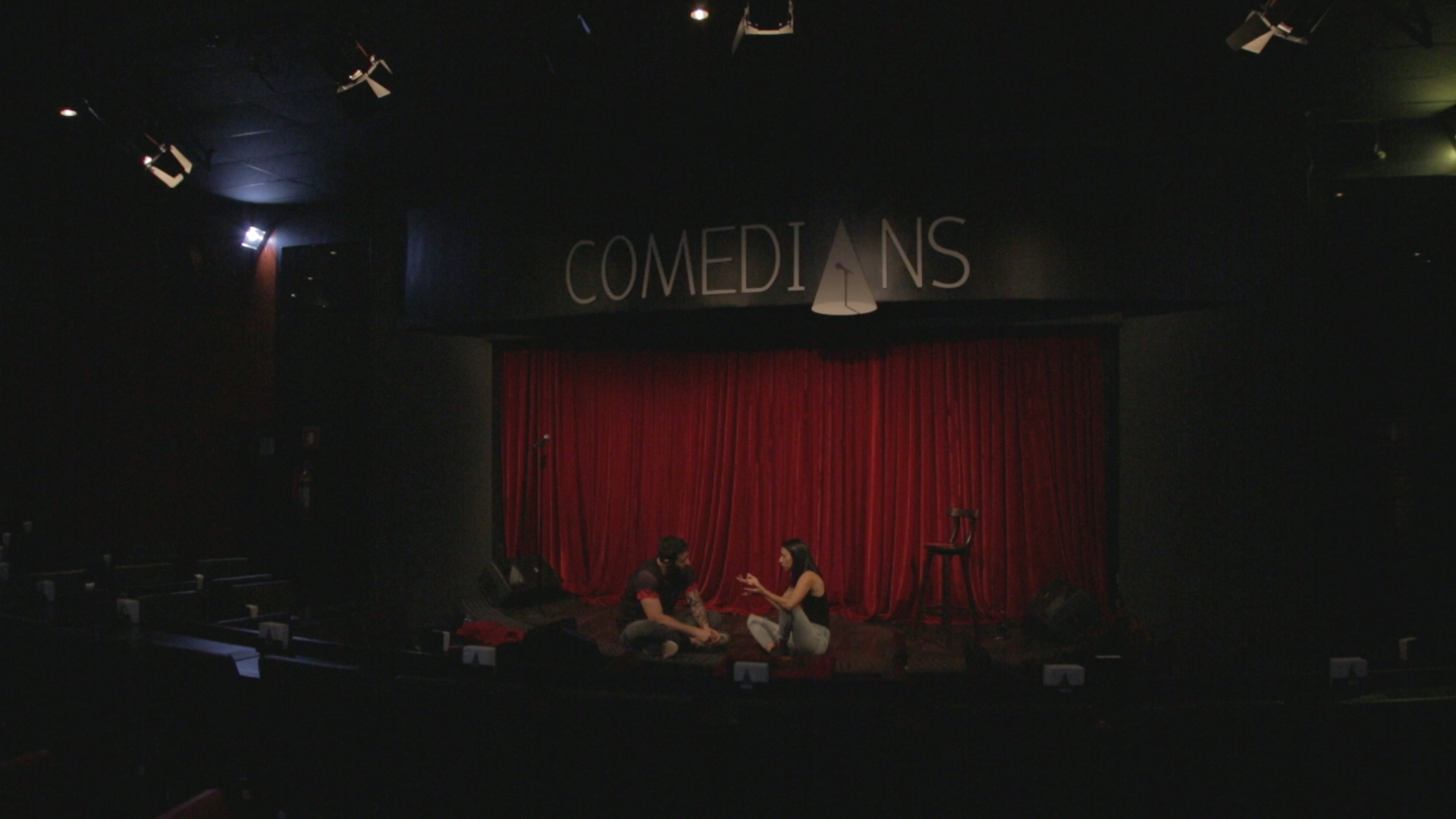
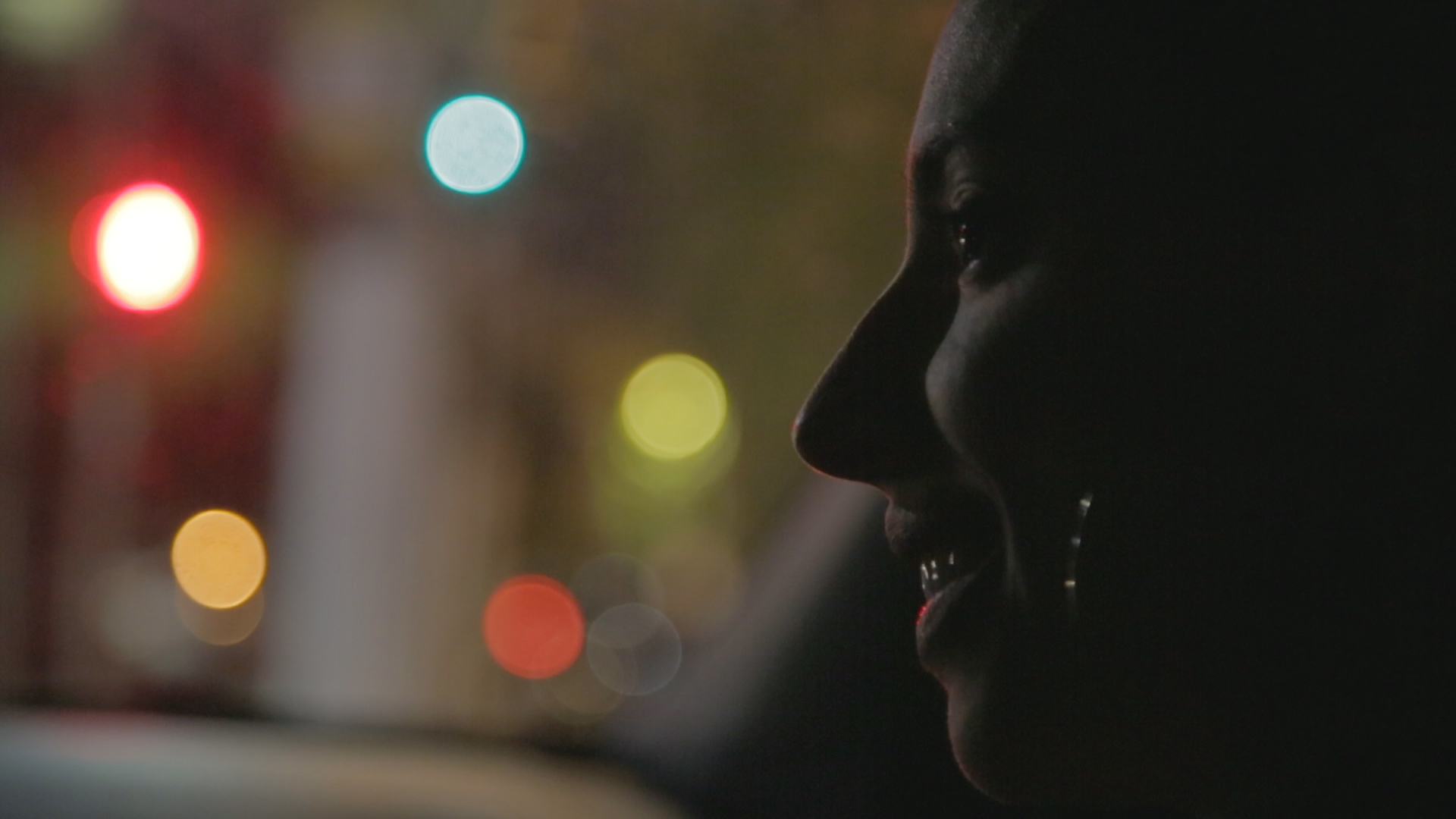
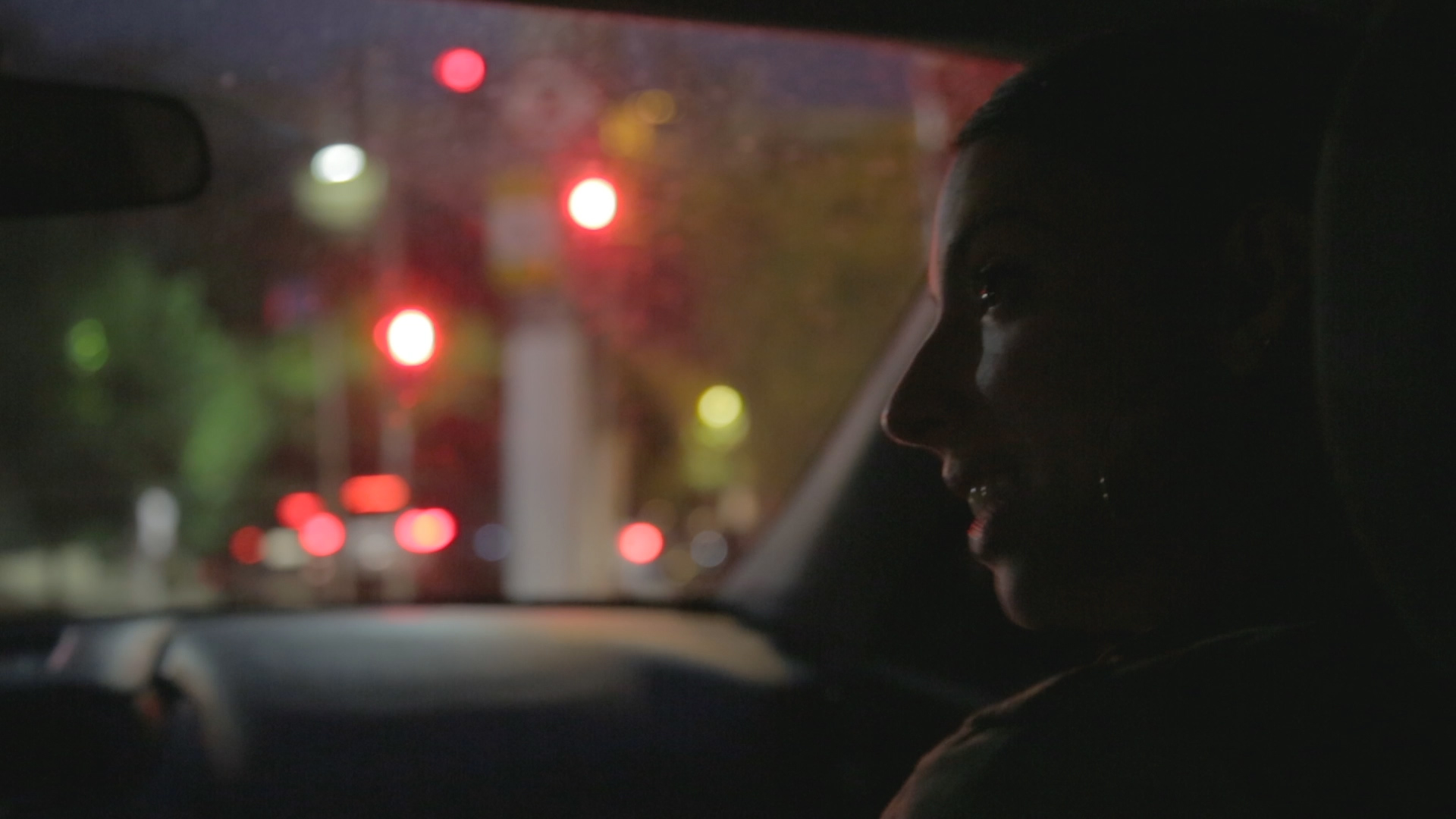
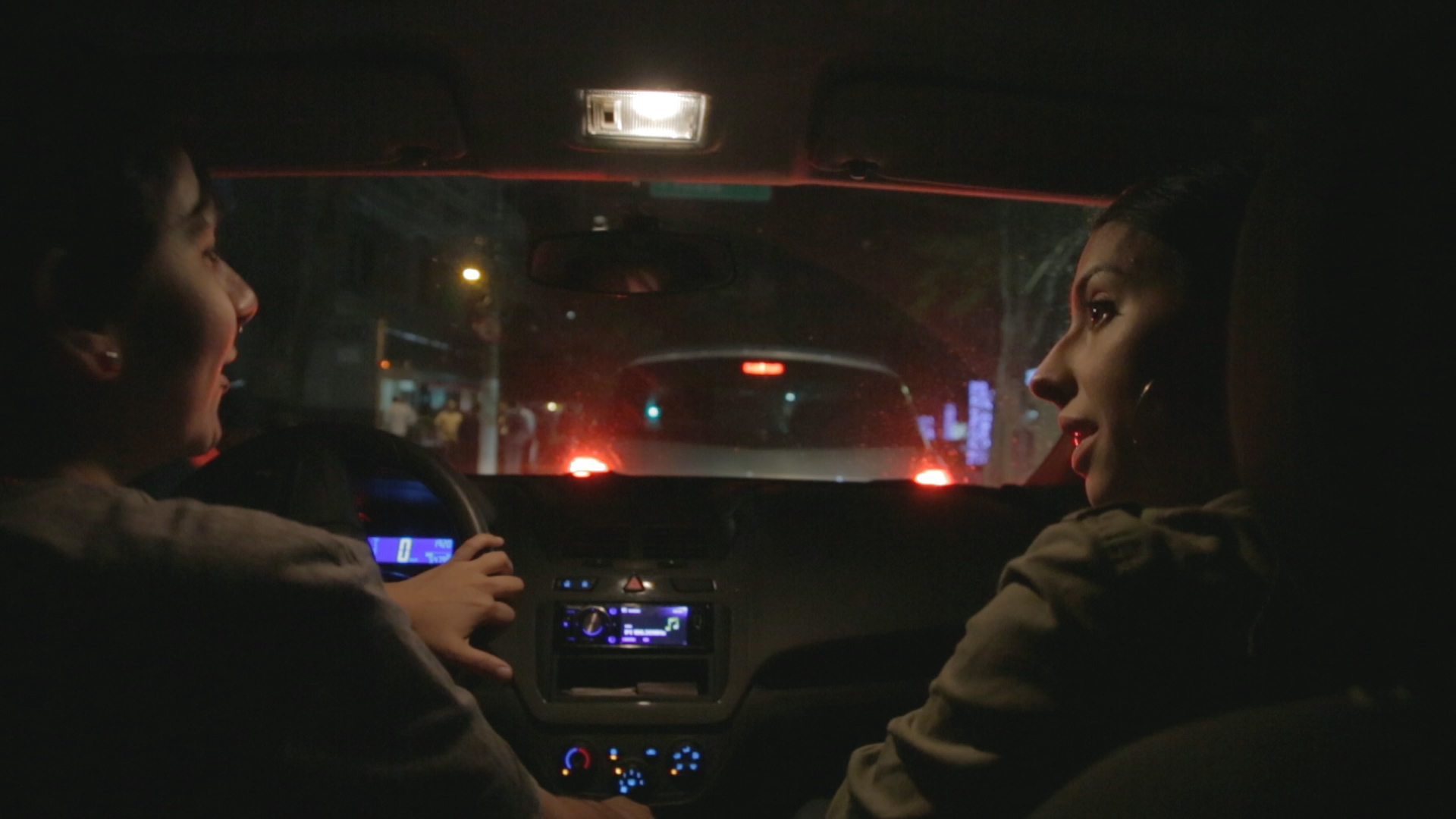

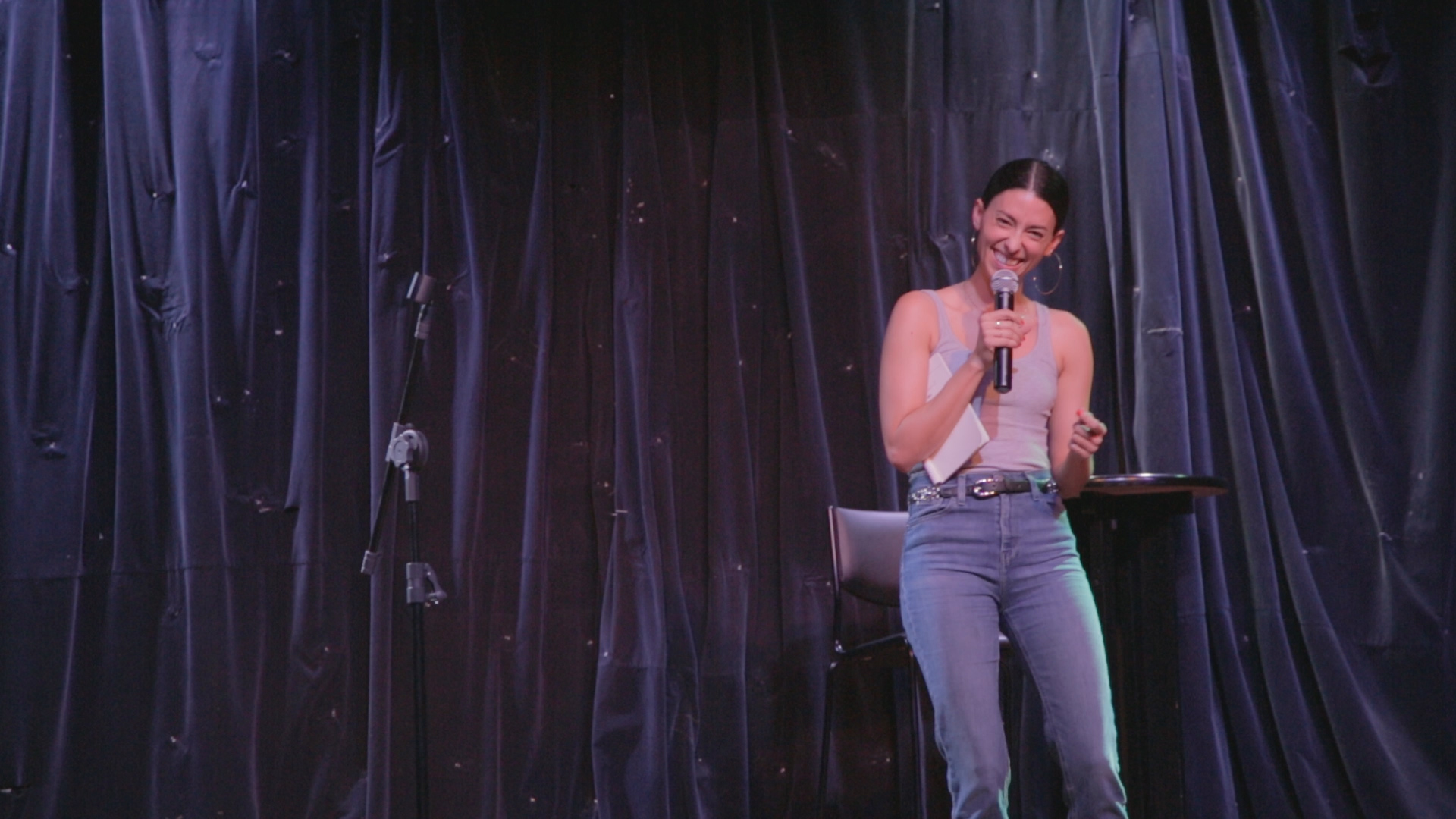

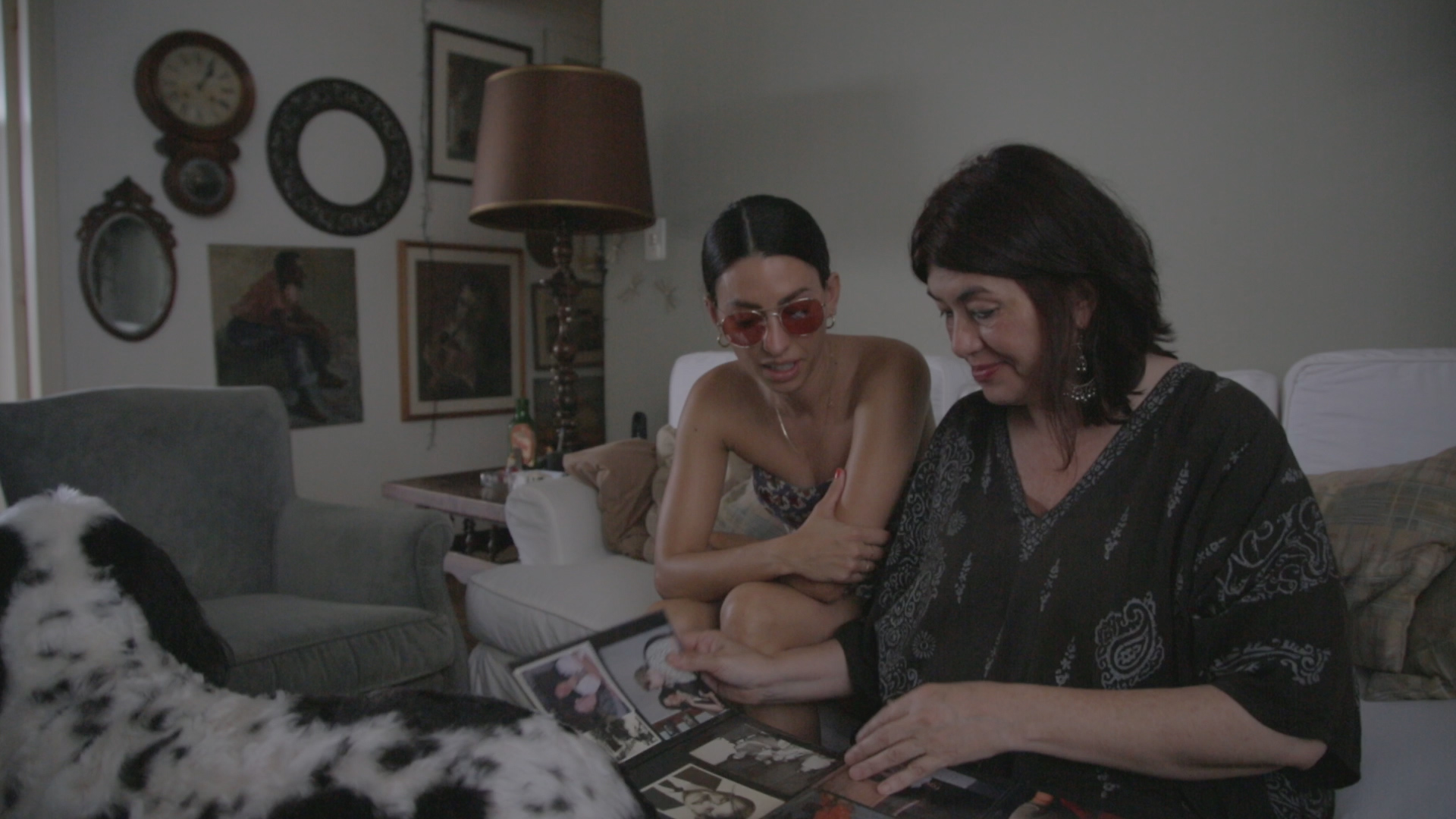
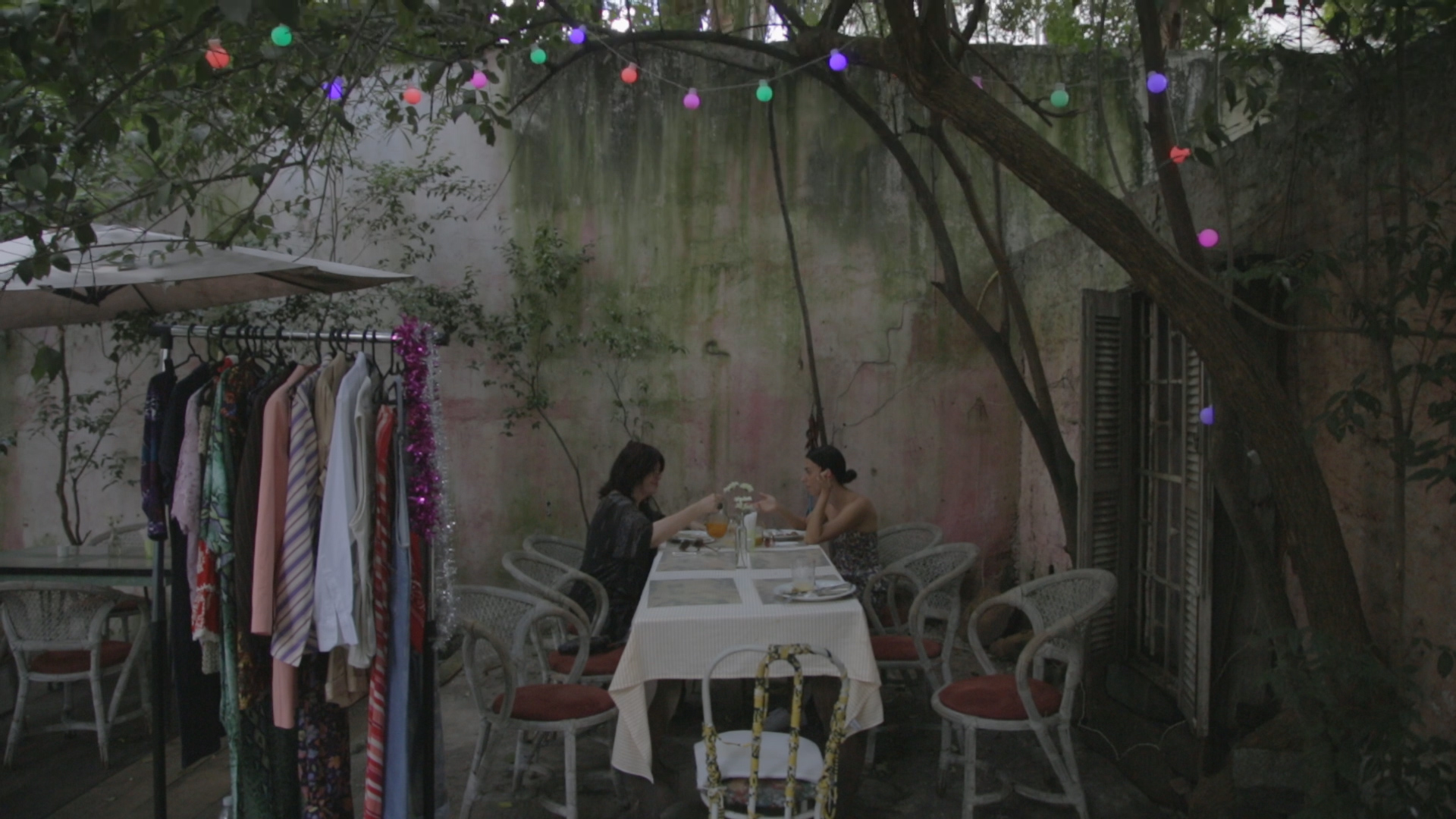
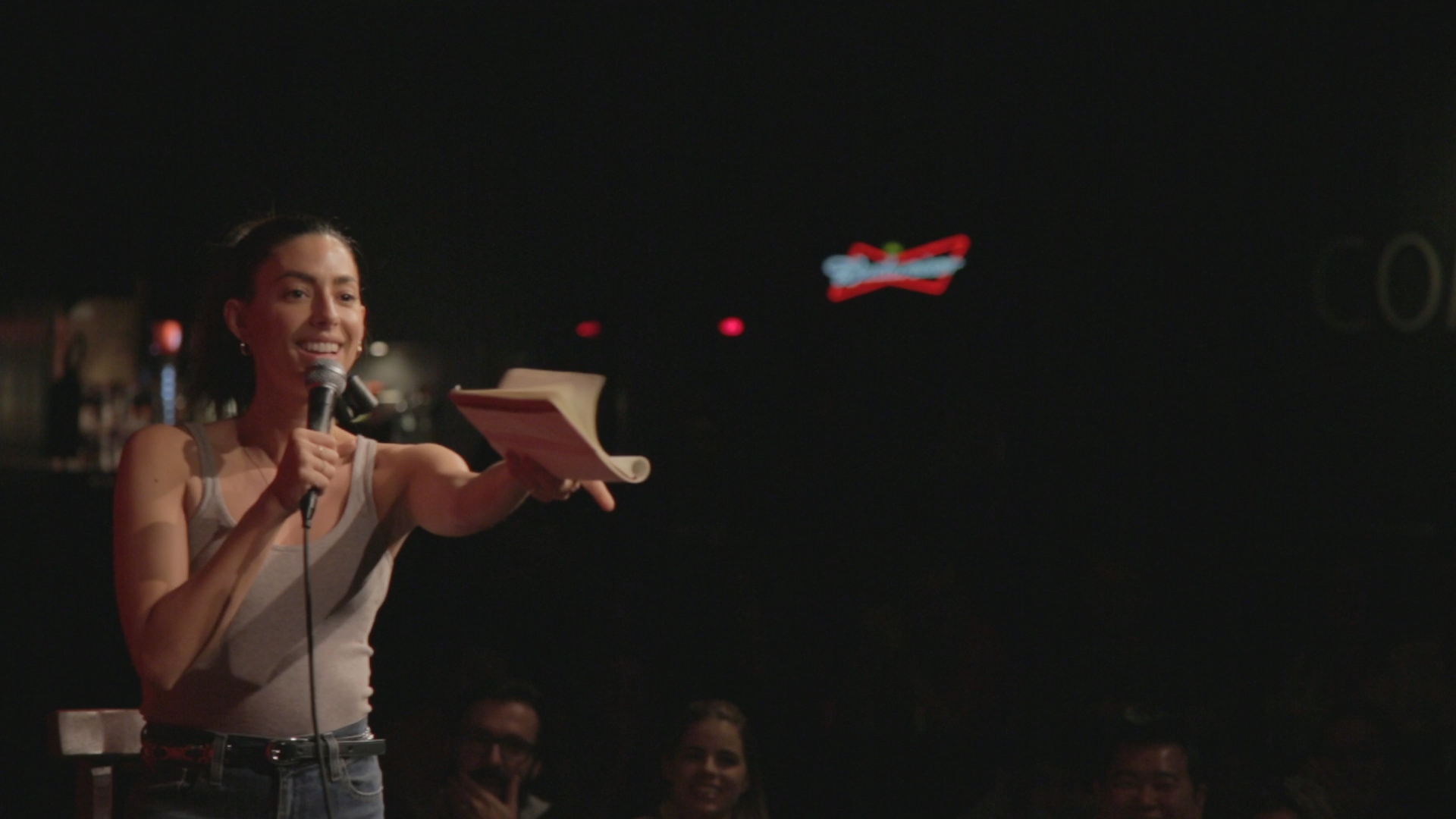

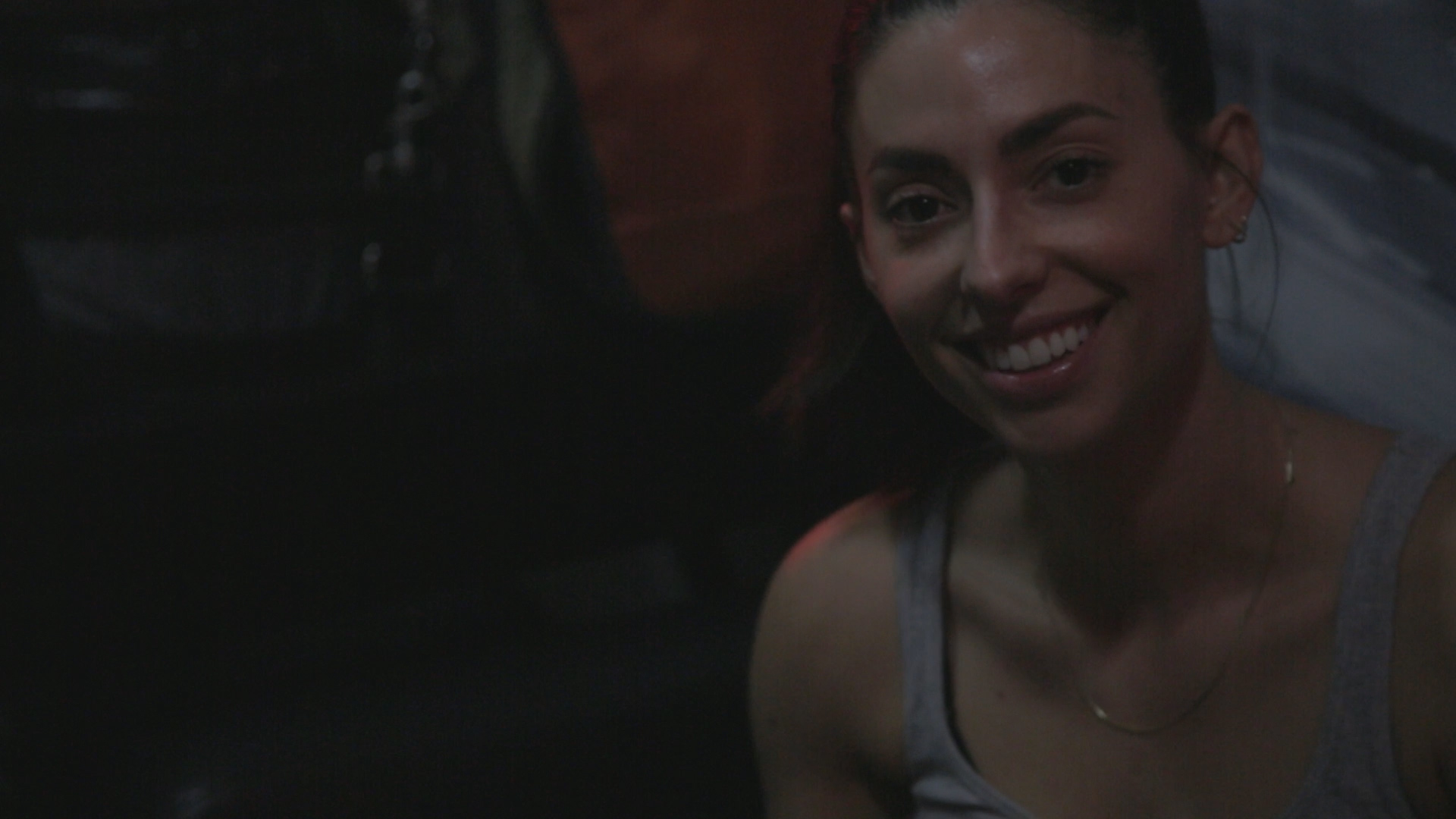
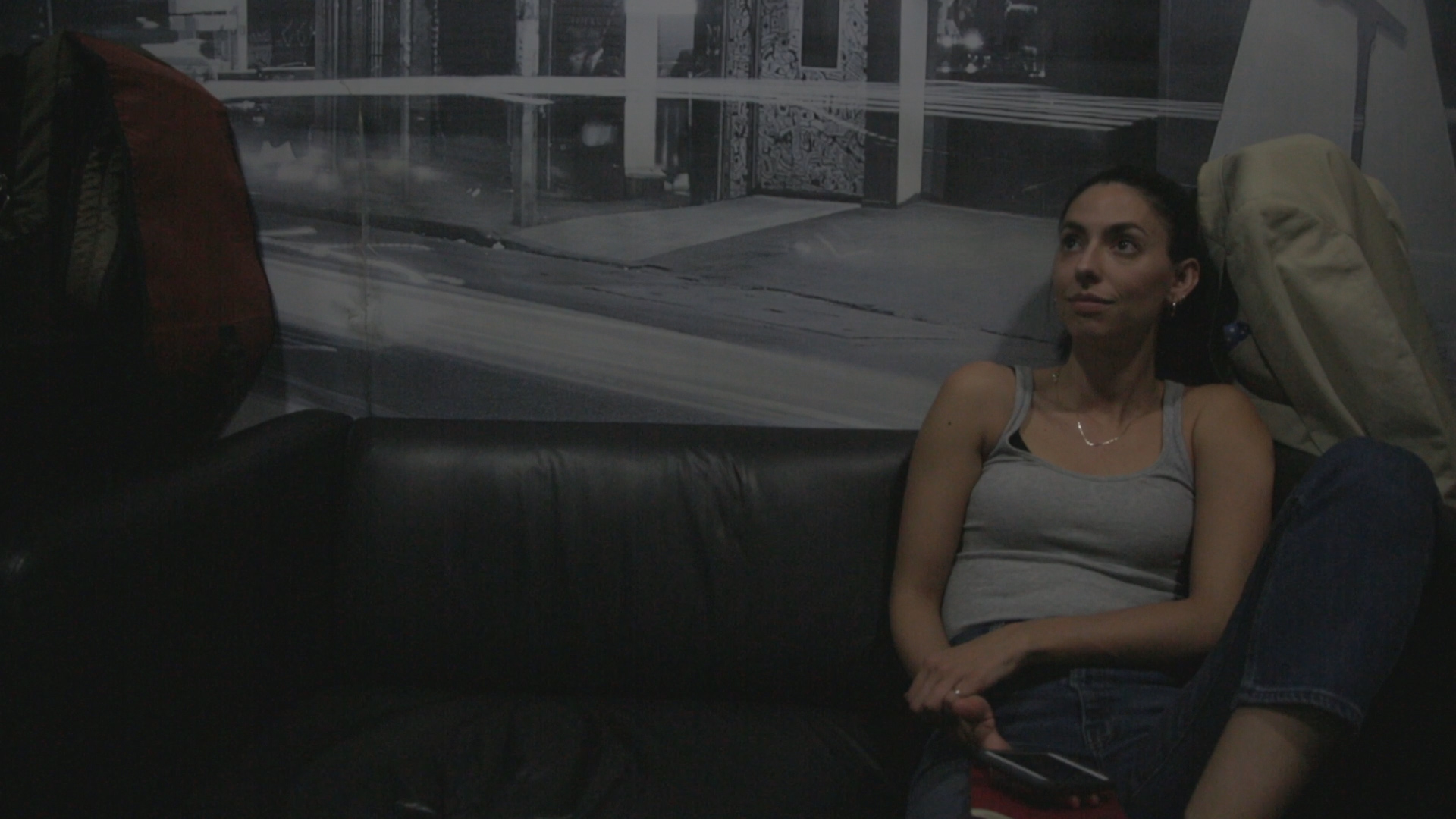
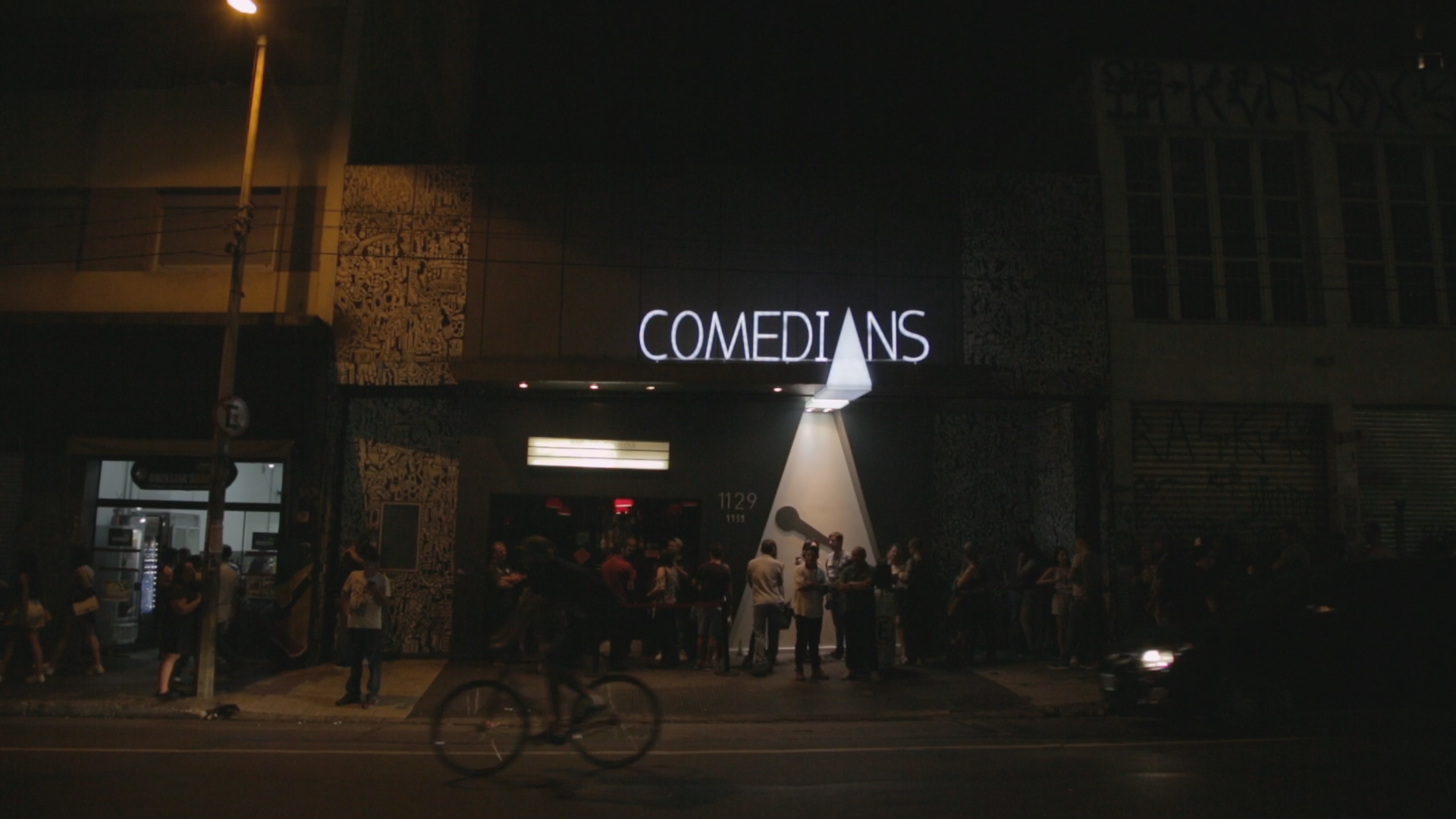
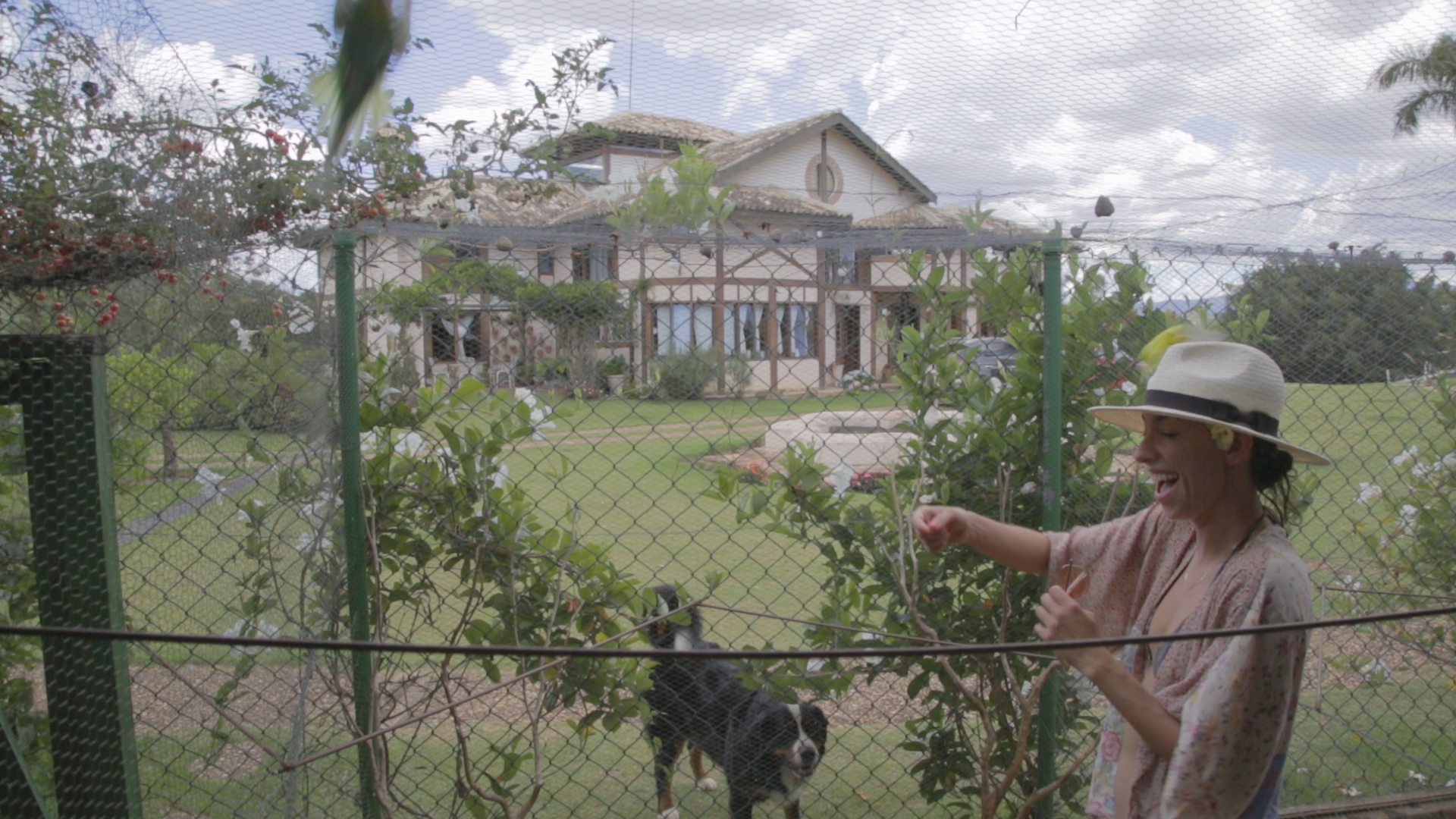
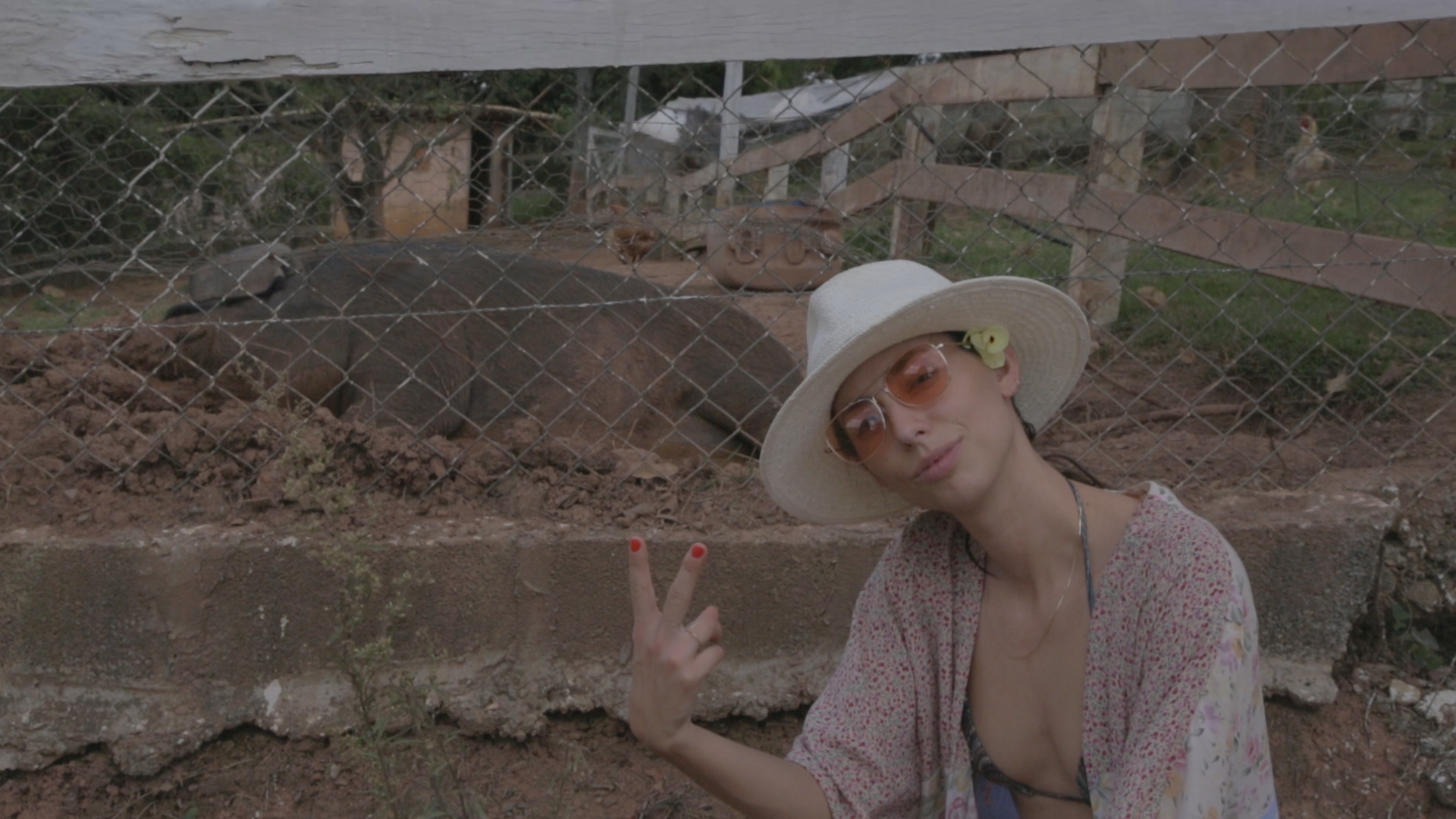
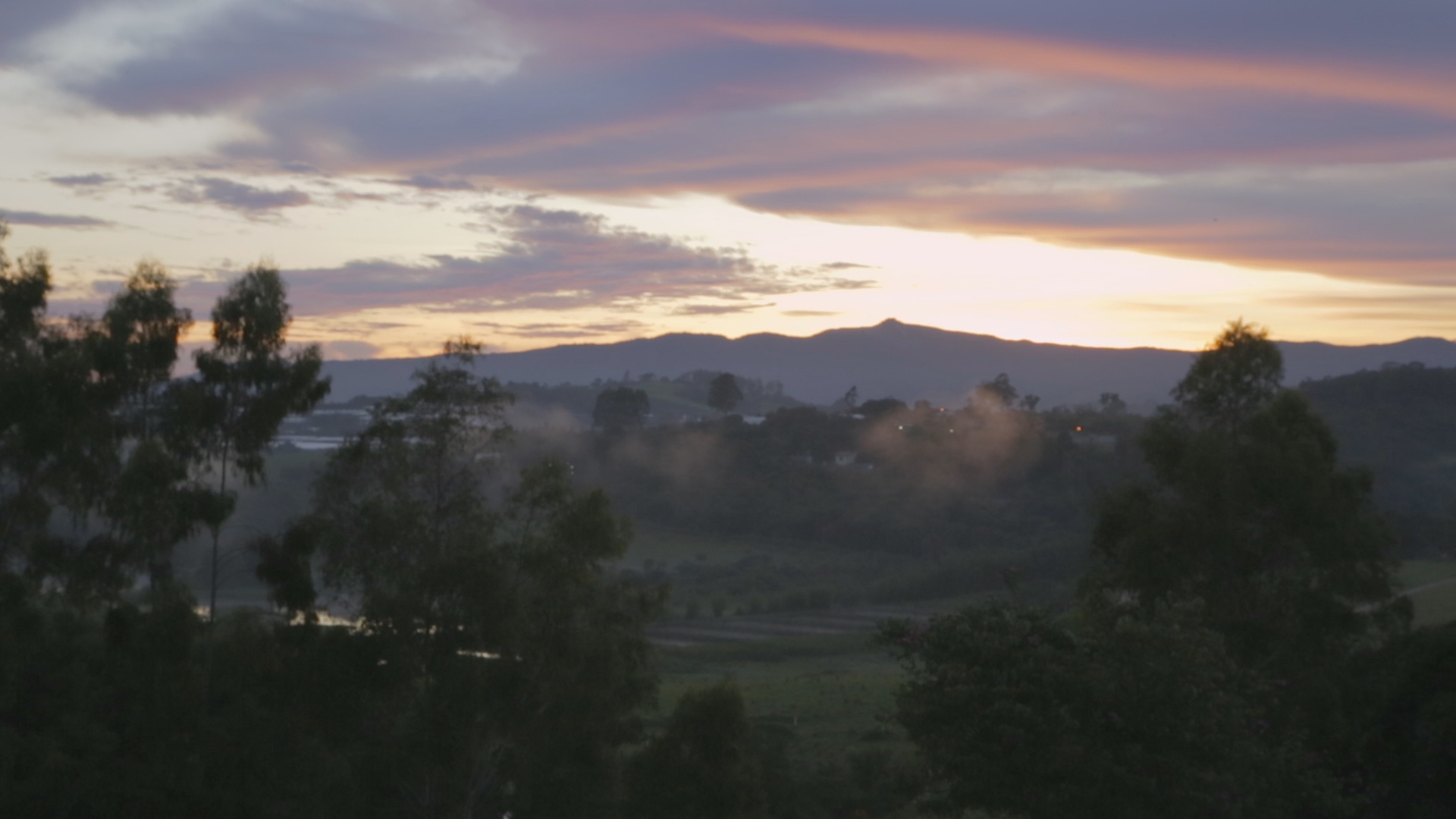
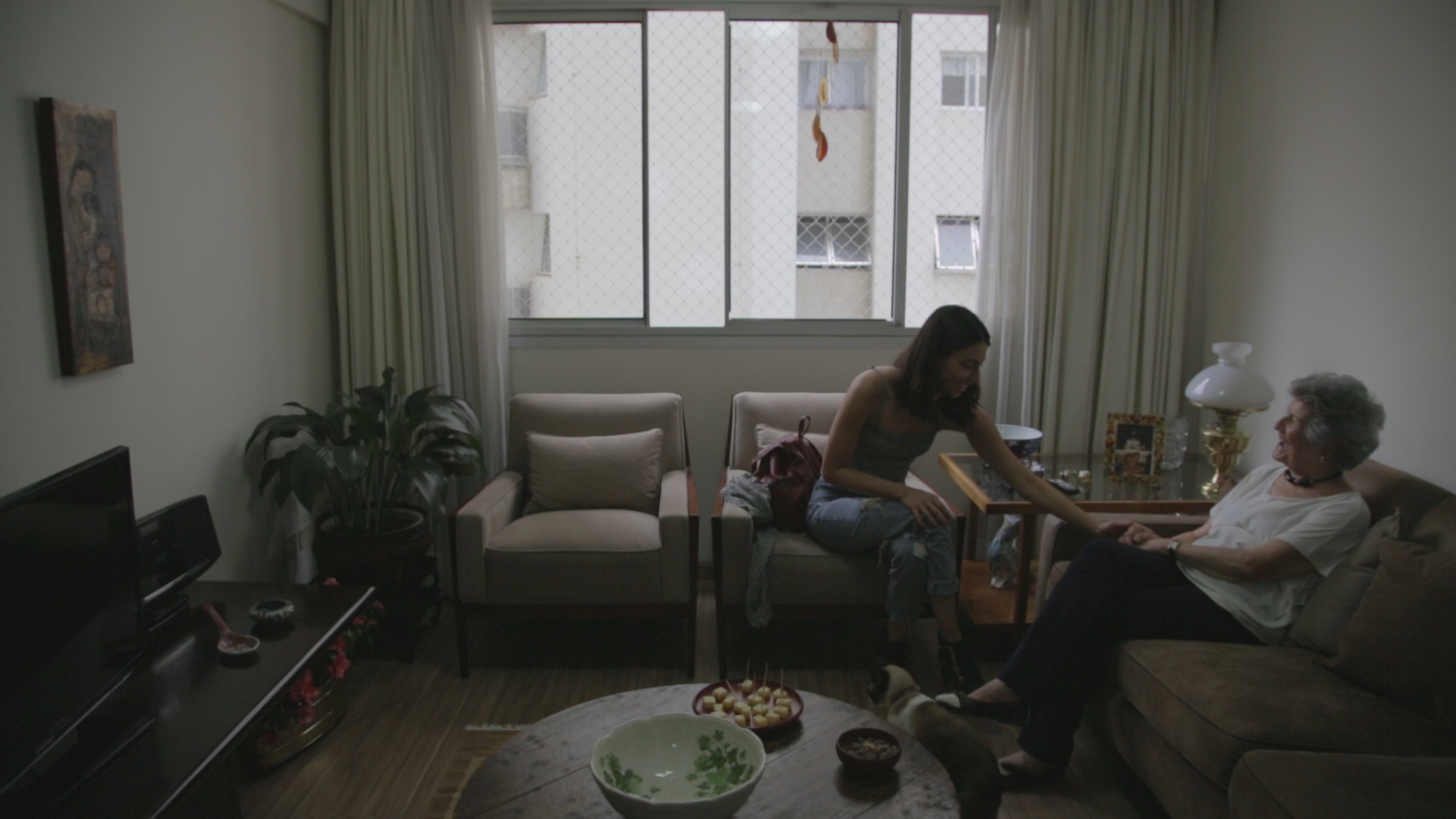
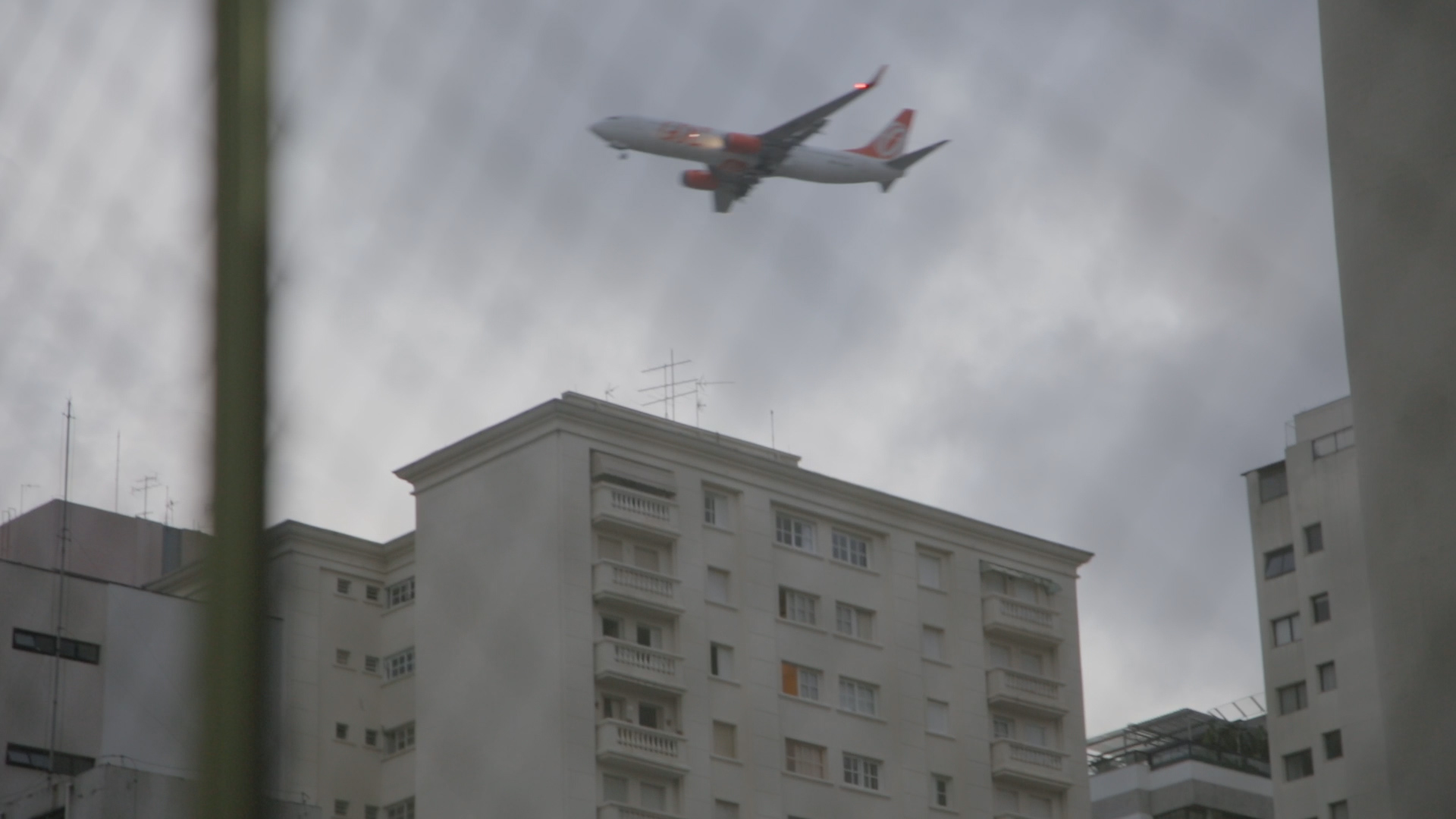
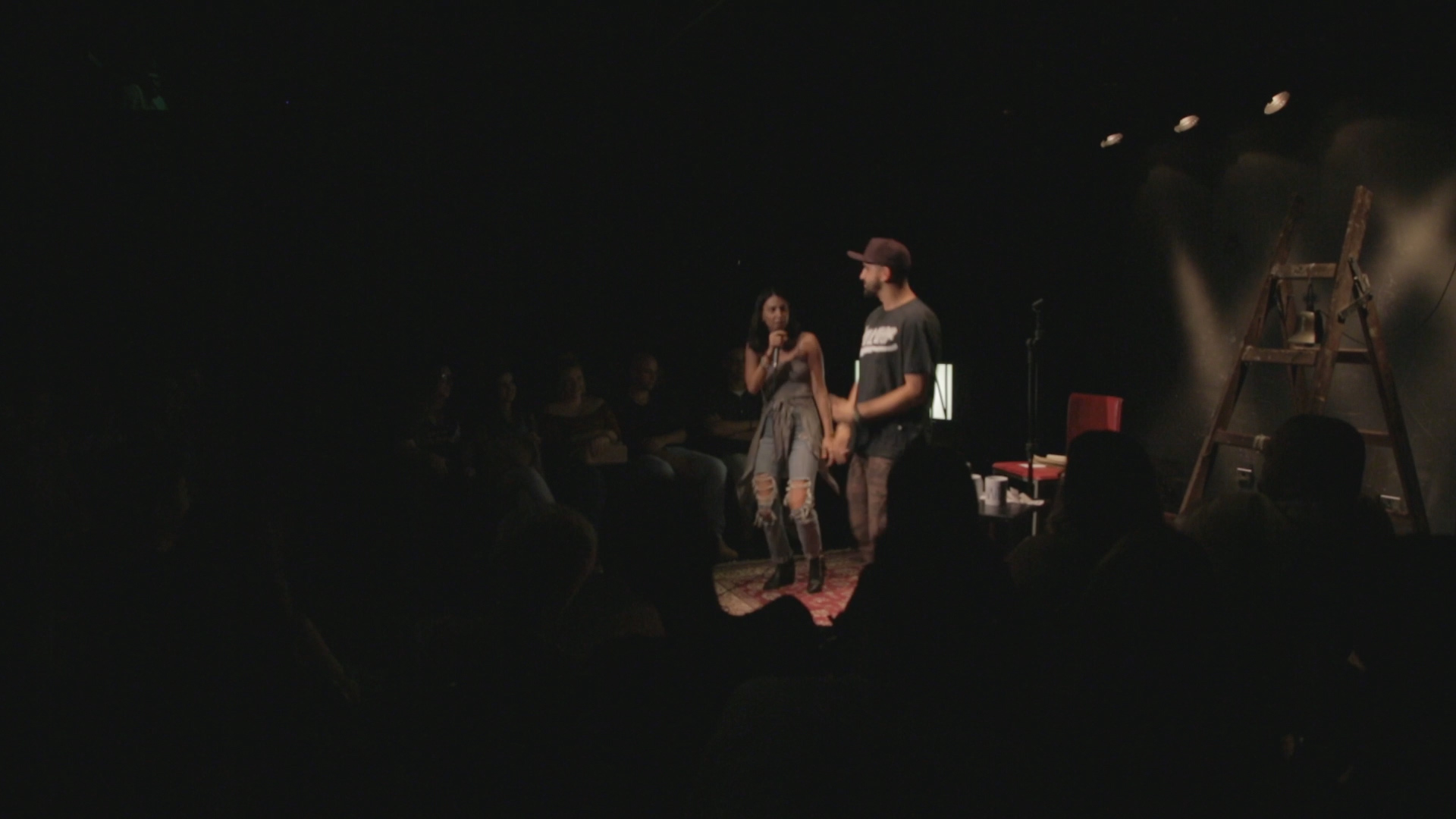
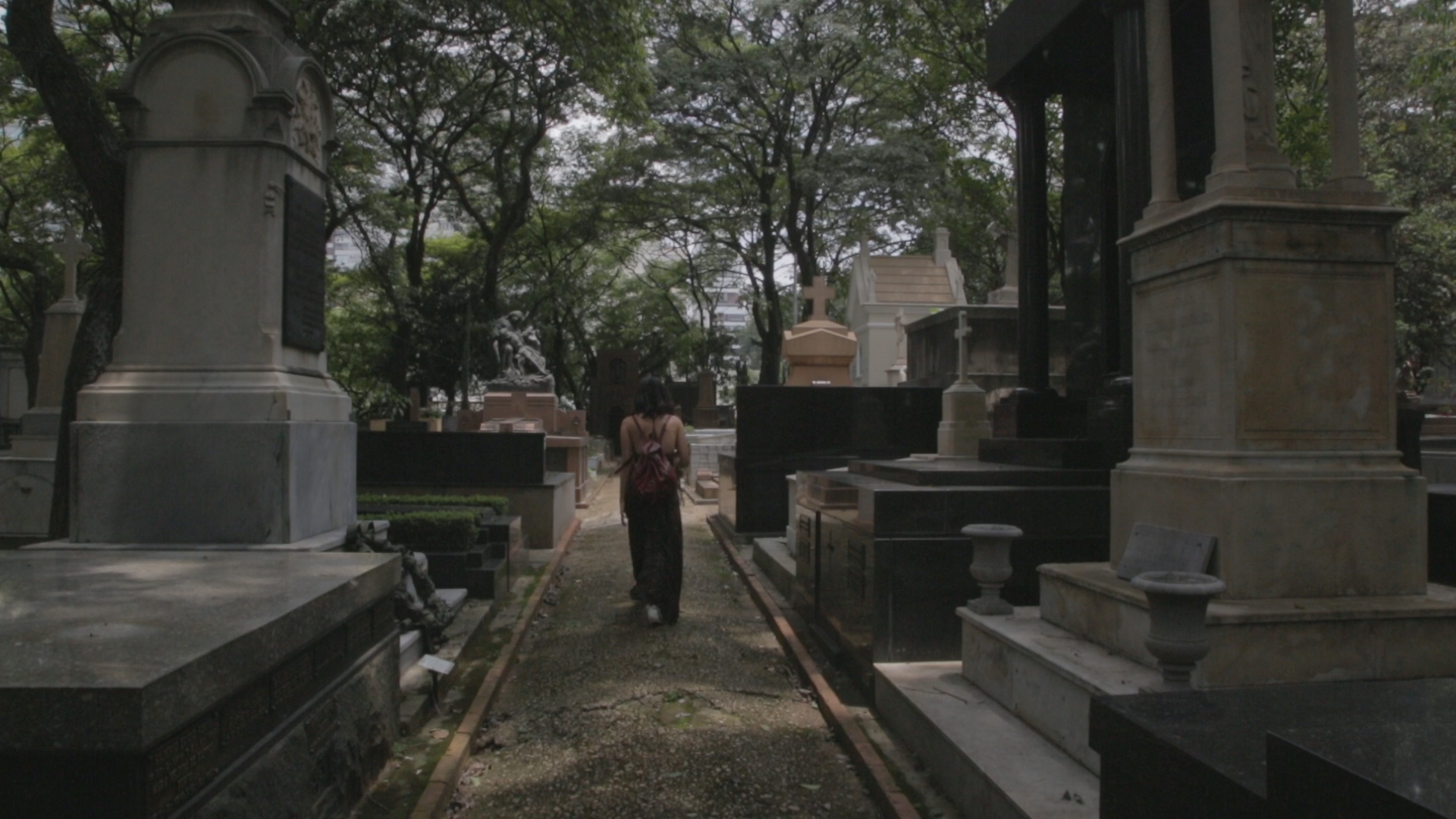
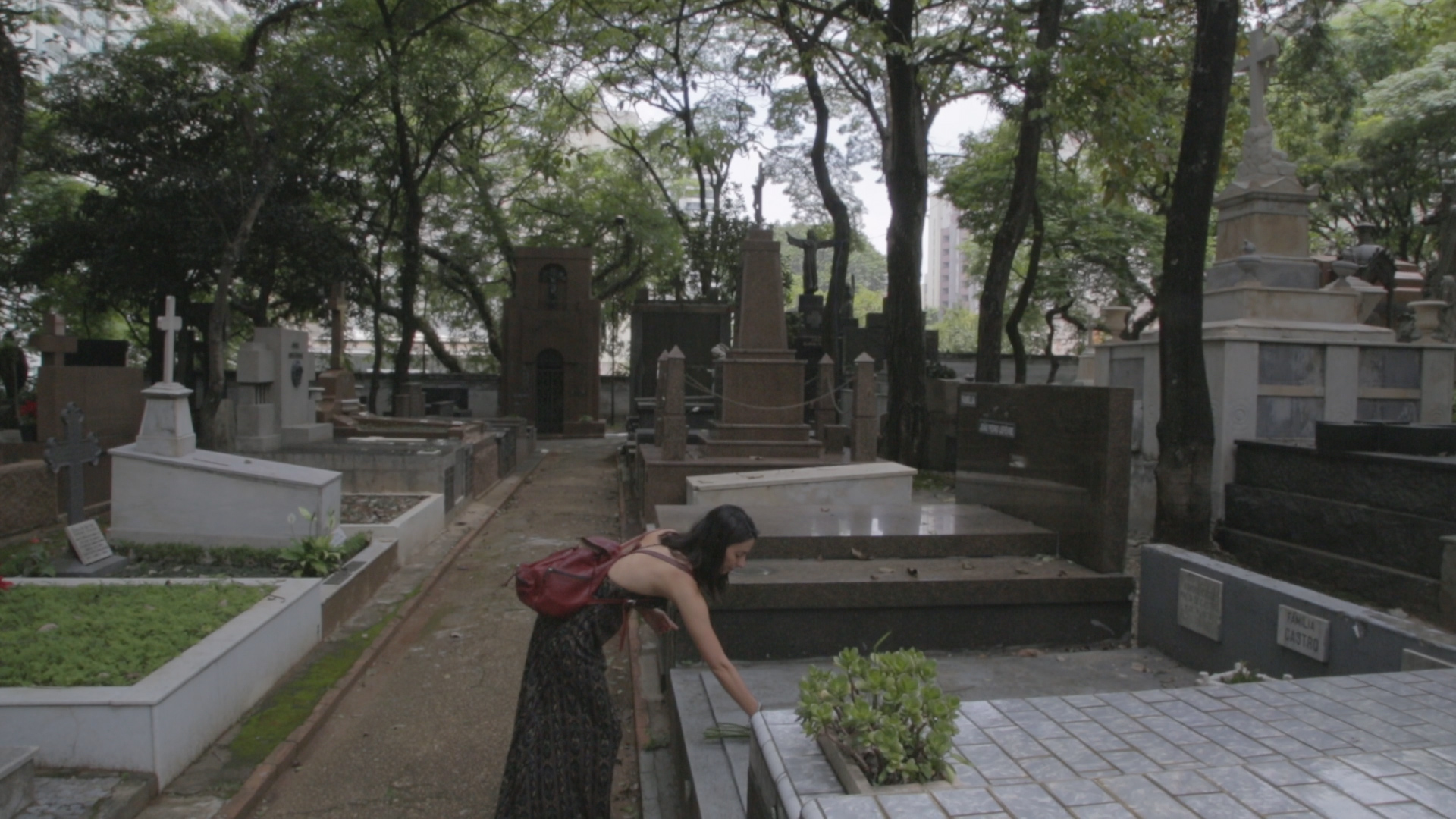
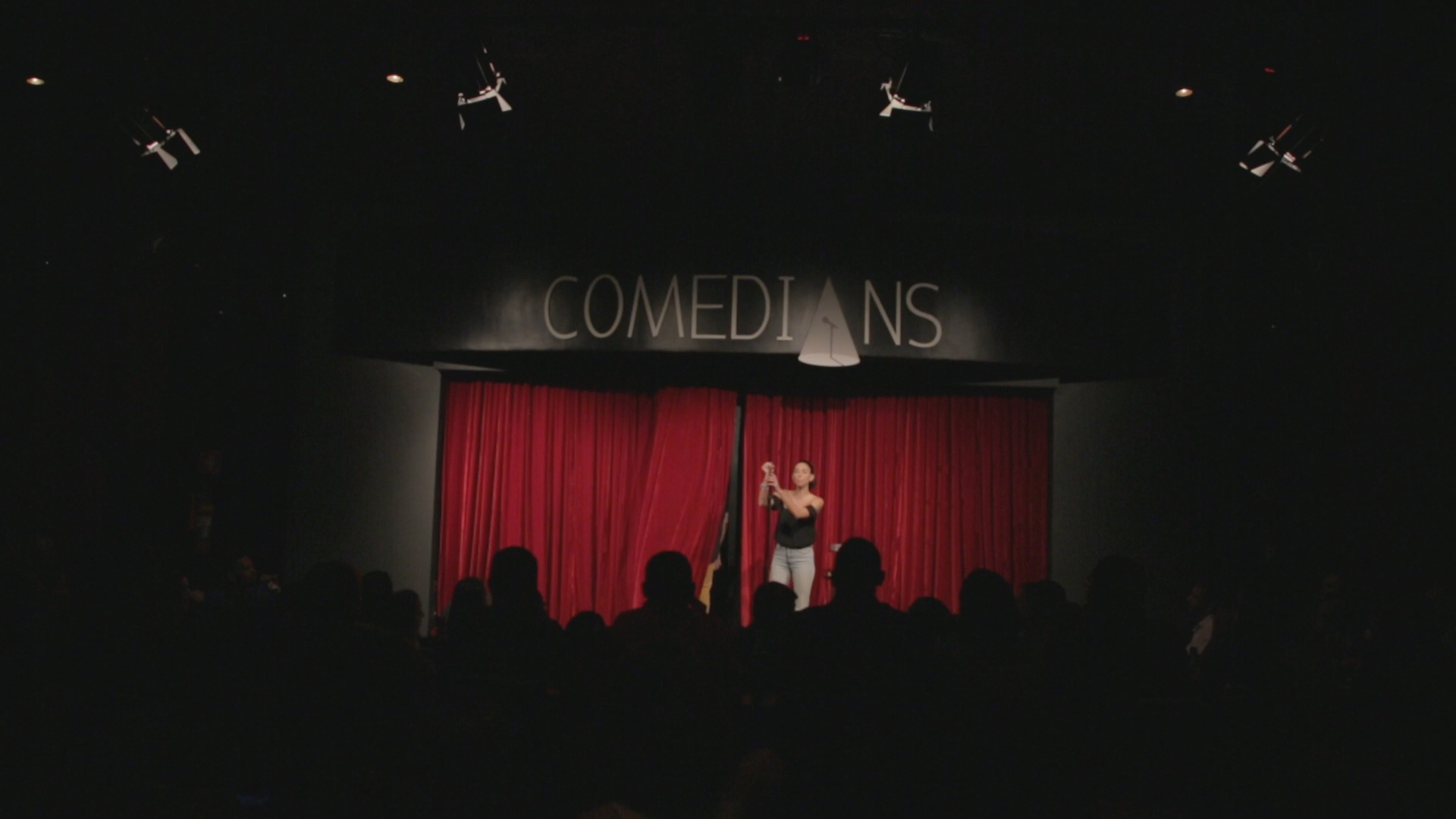

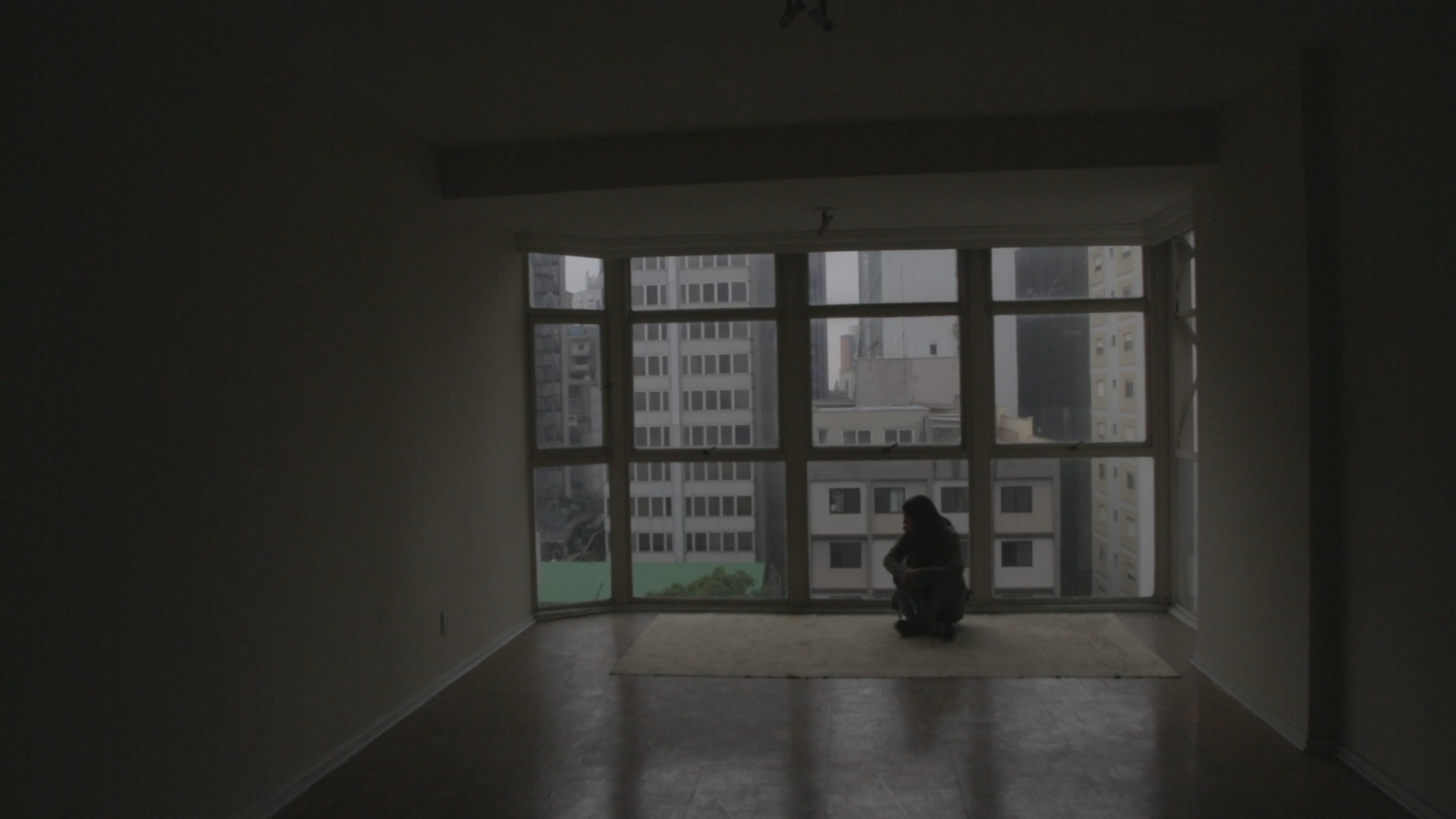
With technology advancing there is no room for sloppily shot film. Your visuals should serve your story and enhance the on screen experience. Having bad footage is now an issue of suspension of disbelief and we as professionals and an industry should not reward it.
That being said, here are some tips on how to get great footage even with restricted resources.
Hire a great DOP: Obviously this is the best case scenario, and we can’t always do this because of project restrictions or budget, but if you can, make sure you collaborate with someone who fits the project. I’ve worked a lot with John Pope and Tyler Clark over the years. Each of them bring different styles to projects. Tyler loves dark tones and moody blues, and John has a diverse style that works across multiple projects we have done. Both are fantastic found light shooters. That’s the key for doc, finding someone who can walk into a room in 5 minutes, shot block a scene with your direction, and have a strategy with how to shoot it.
Tyler Clark on Down Again
I like to treat DOP’s as partners, not crew. I respect their craft. The same amount of time I’ve put into the craft of directing and telling a story, they have dedicated to the visual language of film. Get out of their way as much as you can. Guide the ship and get the coverage, but trust in the process and play. You will get art.
John Pope and AC Mike Bacanu Prepping the Movi
With Vocon, John came up with a specific approach to shoot the spaces. Long unbroken movi shots that took 4 people to operate. At first I was concerned because of time, and company moves but in the end it was the best decision and brought a unique aesthetic to the project.
With Down Again, Tyler was a perfect fit. He was able to push his beloved blue tones to another level, and push an over all gritty aesthetic to the piece.
It’s worth mentioning also, every person who works in at any level of production got into it for a reason. So for passion projects where there is no budget, building a relationship with people who share your passion and vision and want to be a part of something cool will go a long way. They too, want to work on passion projects and be a part of something cool. We all have to pay our bills sometimes by doing commissions or projects that aren’t the best thing to work on, or the most creatively full-filling. Passion projects are a place where we all can pour ourselves into the work as a team and grow from it.
Master the art of found light: As a story teller, you should be watching the world around you constantly and taking it in. Observing how light behaves over time. A good exercise to do is to go explore your city at odd times and try to take cinematic photos. Go try to get a great shot of a person at high noon without raccoon eyes. Position them accordingly. Take candids of strangers on the train at night. Find interesting composition and image at sunset. Break away from the cliche sunset picture.
Shot on my iPhone after a hike.
These exercises will teach you a lot about light and how it behaves, and more importantly where your camera should be while you are shooting and how to milk the image for all it’s worth. Shooting against a key is my favorite technique to use. Find a strong light source, and place your figure against it and between you and your camera. 3/4 to full on backlit. Do this over and over, this will be applicable to your production with a legit camera. Practice makes perfect.
Taken on my iPhone with single light source. Dad kicking ass in Yahtzee.
Intimacy/Ethics: When I set out to make any documentary project that goes into something traumatic for the individual I think about the ethics of what we do. Unlike actors who in theory turn off the character when they leave set. Your subject doesn’t have that luxury. It’s important to be aware of this before you start. You will stir up feelings. It will get ugly. But having compassion and empathy will allow you to navigate the deep conversations with tact and grace. Be mindful of your subjects feelings and know when to pause or stop. It’s a double edged sword because you have to get good subject matter, however you can’t be a reporter and keep drilling your subject. It’s about trust. Don’t betray your subject’s trust in exchange for your audience’s trust, because you will lose both.
Editing is writing: Arguably this is 50% of the equation. Editing is as important as every other decisions you make in the process of doc, but It should also be something that is in your mind from pre-production and especially on set. Shooting for the edit is something I could write a whole blog on and will at some point. All the best DOP’s I work with understand how their clips will work in the cut. And if the don’t I make sure they do before we start. In doc there is no second take. So shooting for the cut becomes the smartest thing you can do to technically build your project. It also forces you to be more organized and prepared, therefore shooting less footage that’s more intentional.
Editing for Down Again
The writing part starts at production and carries itself over into the editing. The edit is really about refining and pushing the intent you had onset to another level. It’s where the bigger themes can take place like mythic humility stories or archetypes. Perhaps undertones of supernatural elements like fate or a curse. Whatever you want to push you can find it here in the footage. But of course, if you did not capture it, its not there to work with.
“F 2.0 and be there.”
Editing for Oscar Mike
Essentially these philosophies are some unspoken insights I’ve found super helpful in improving my craft, but ultimately you have to find your own process and make it work for your methodology. Every-time I finish a project, I learn from the challenges of that specific tasks that it required. I often pow-wow with crew and producers over drinks after the dust has settled. We talk candidly about the challenges we faced and the improvements that can be made next time, for efficiency and ultimately a better product and experience for both the viewer and crew. We push ourselves to be better.
After all, our jobs are to keep propelling the craft forward in history and hopefully create something dynamic within new categories. We are in the wild west of documentary content and the future is not written yet (I’ll be yer huckleberry). I intend to leave a lasting impact in the field and hope to touch people with the stories I tell in the process. The only was this happens is from relentless self examination of the work and constant improvements from project to project.







